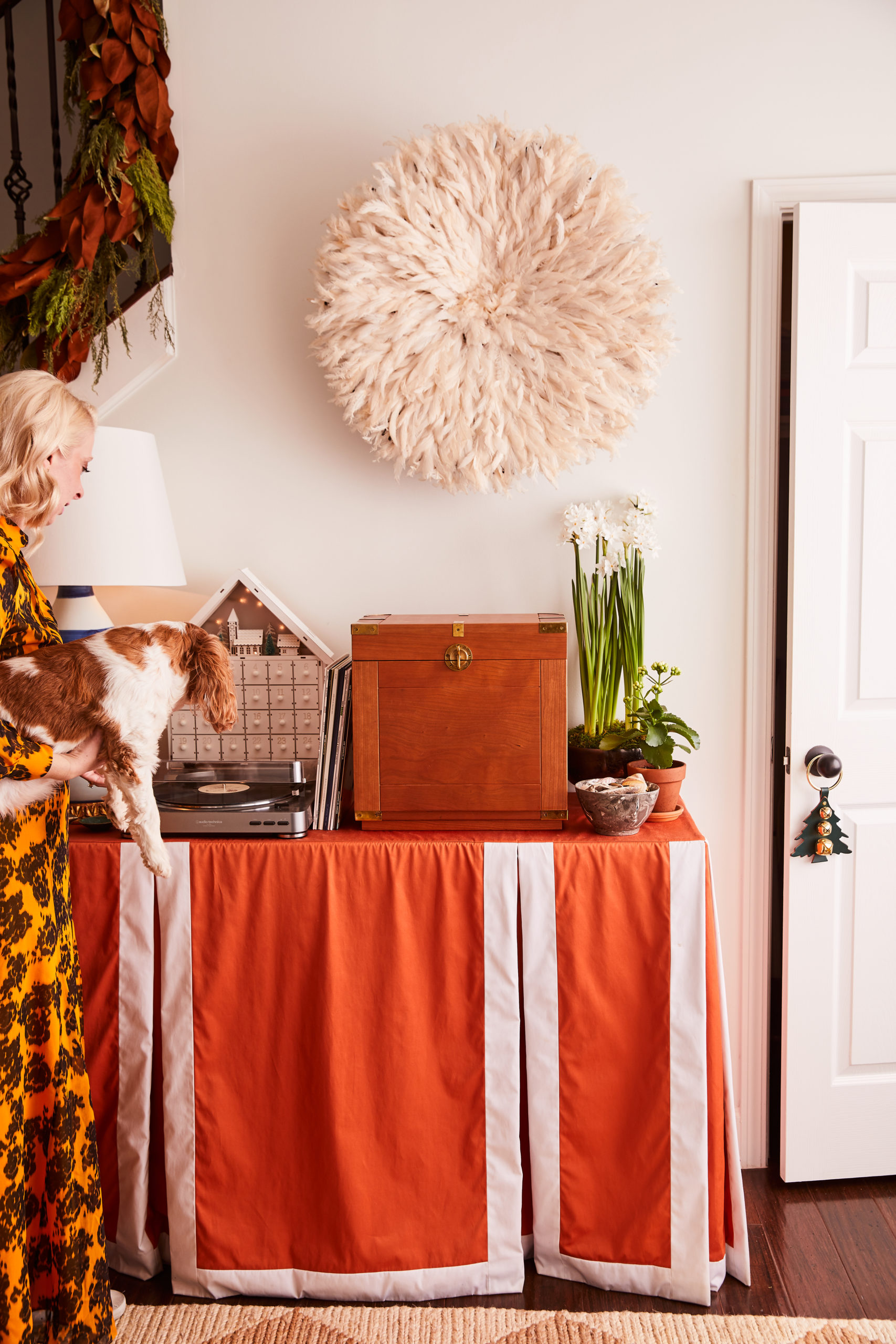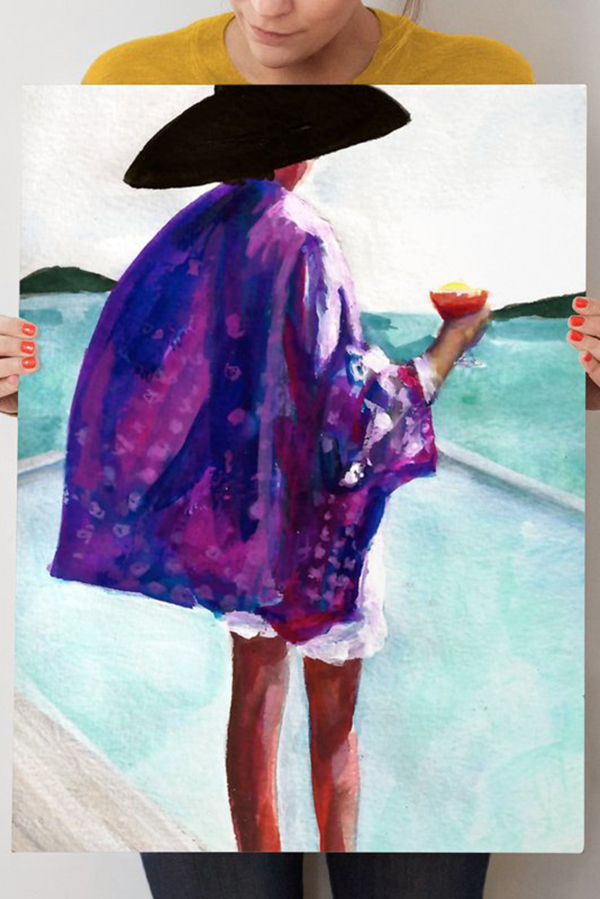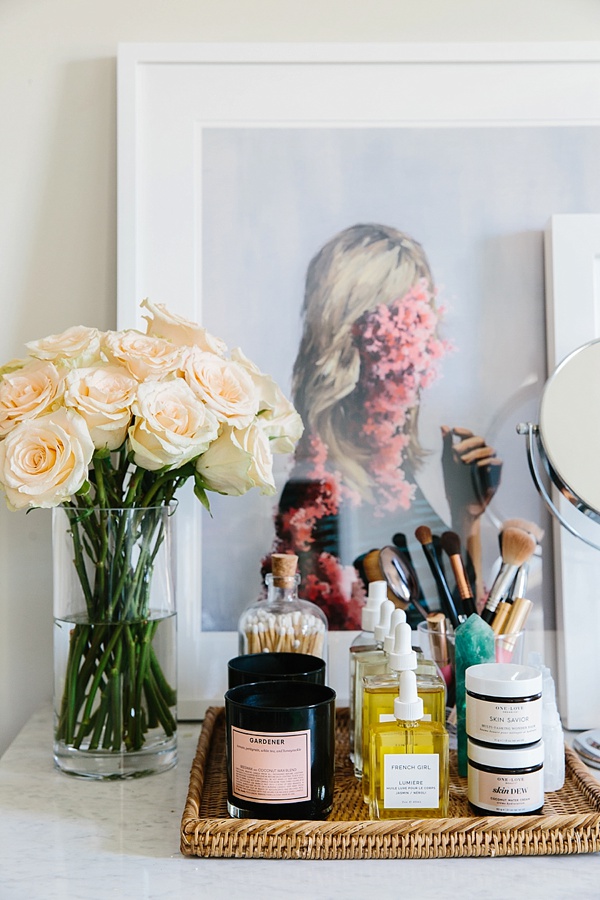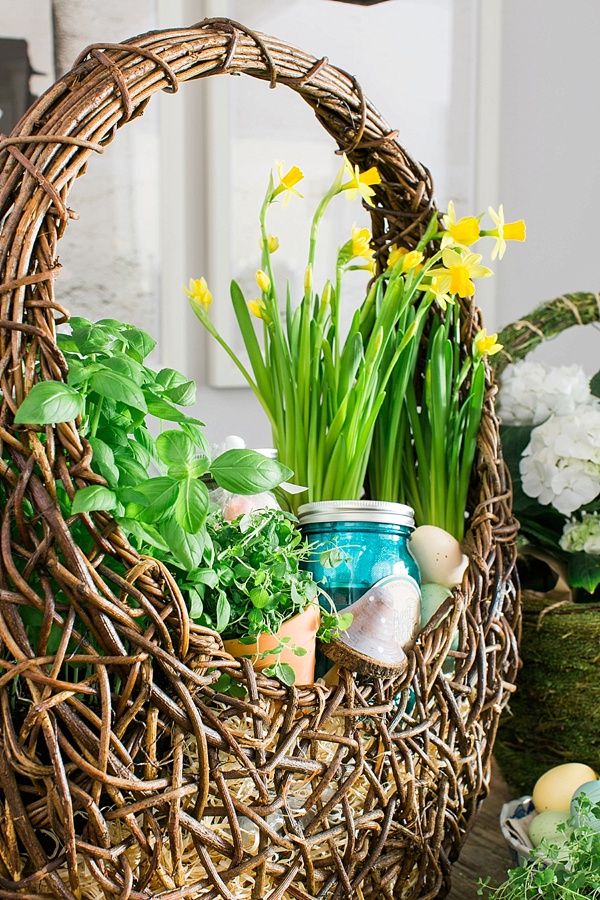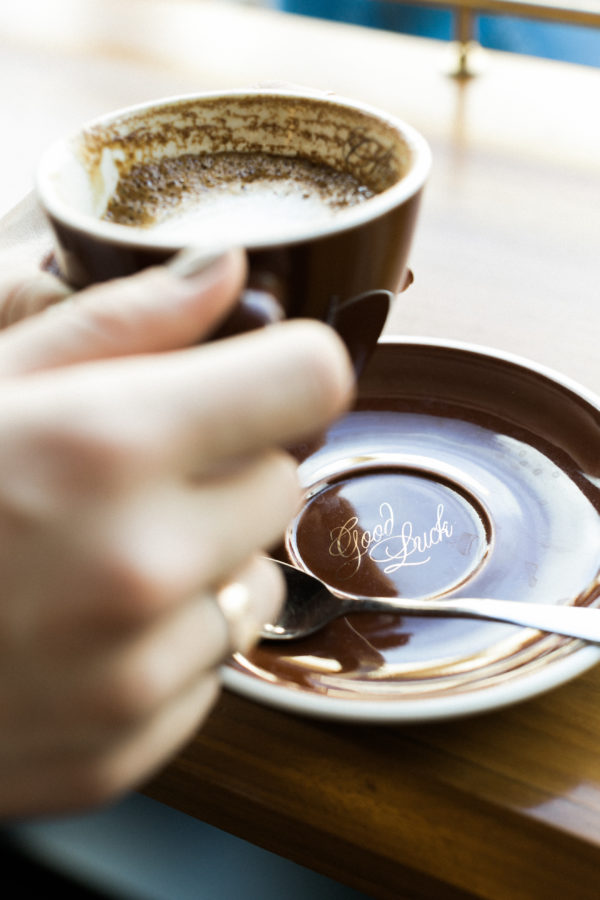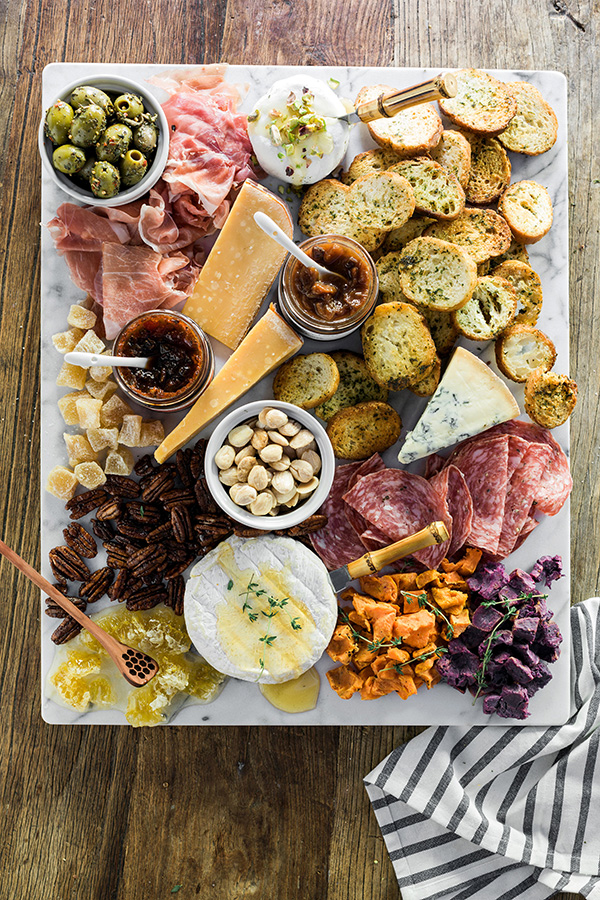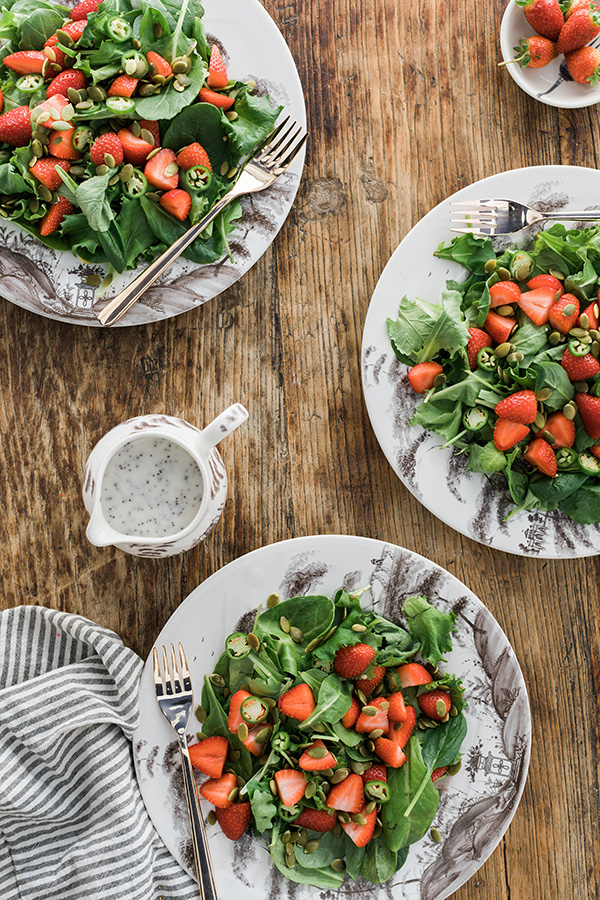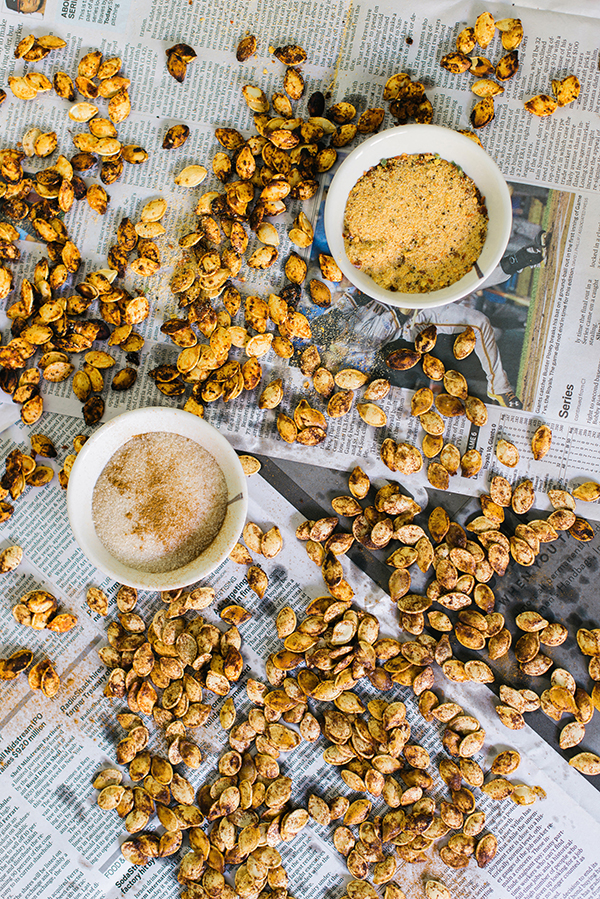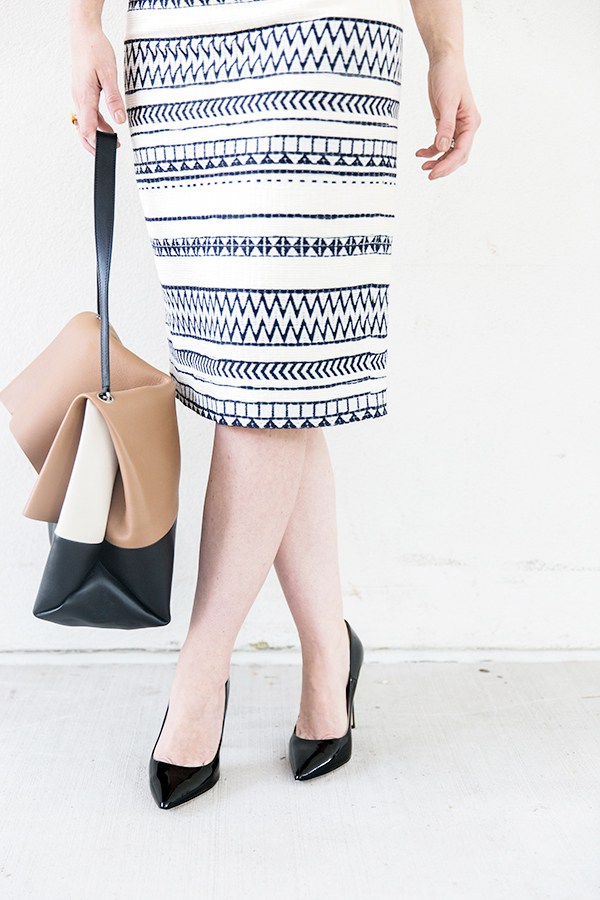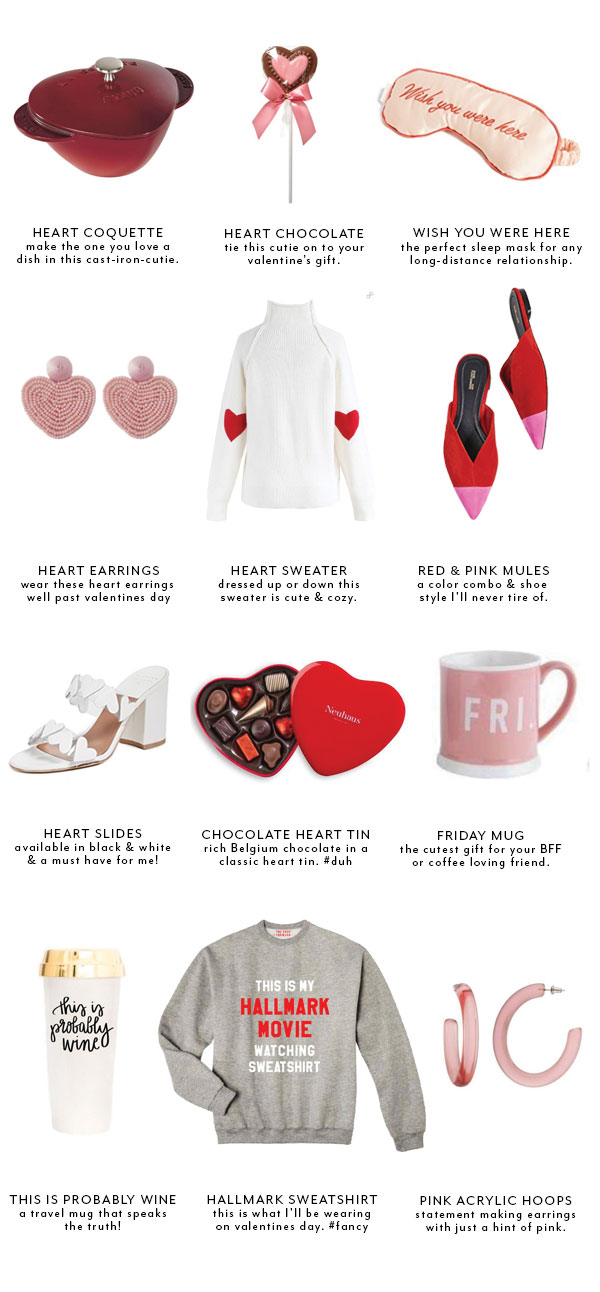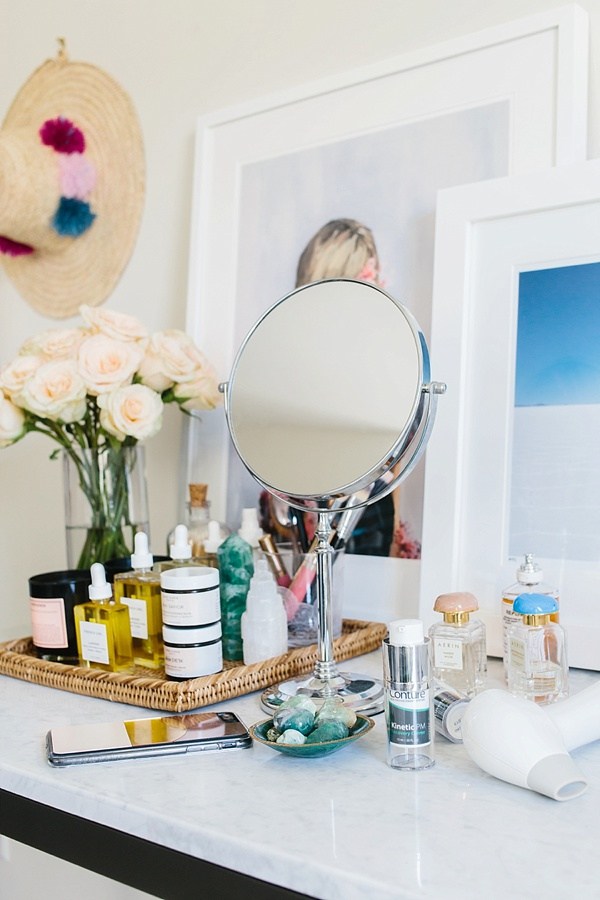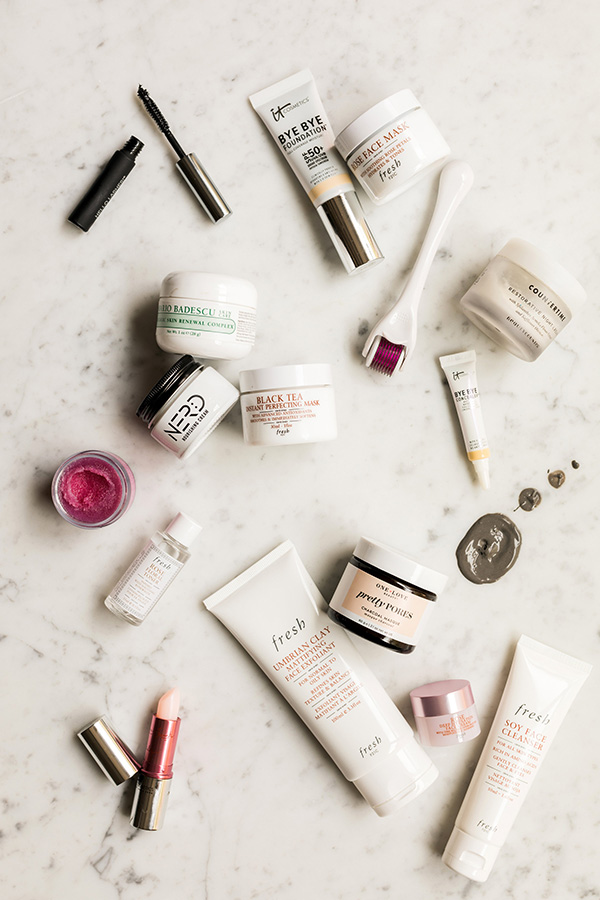All notesets and pencils available (and on sale see code below) HERE
I’ve always had this fascination with etiquette. With manners, tradition,and all things prim and proper. With being an actual lady or gentlemen. Whatever it is, it makes me sad to see all of this becoming a distant memory for most. For most, but not for me. Enter Etiquette 101. A weekly post that will cover the basics of all things etiquette. I’ve enlisted the help of none other than Ms. Emily Post herself and together we are going to request all of you to embrace being ladies and gents again. To keep tradition alive. To welcome being fancy!
So without further ado, I give you the first of many Etiquette 101 posts, The Handwritten Note. Enjoy!
First things first…
When addressing the envelope there are a few key points to take into consideration.
Rule Number One: Make sure the writing is perfectly legible, even if it means using block letters.
Rule Number Two: Double-check the address – it can take weeks for a misadressed letter to be returned.
The return address. When addressing the envelope its important to know that because the USPS uses high speed scanning machinery to read and route the mail it prefers the return address on the front of the envelope in the upper left hand corner. Printed envelopes for personal stationery or special invitations such as weddings usually have the return address printed on the back flap, which is fine, but it is HIGHLY suggested to whenever possible put the return address on the front. I’ve been guilty of always putting the return address on the back flap (oops) which I won’t be doing anymore.
The recipient’s address. Suggested and preferred form when writing out the recipient’s address would be block form for a more formal or business letter and indented form for a more personal or friendly letter.
A handwritten occasion…
A handwritten note is the most popular and appreciated form of communication, and most used to say thank you for a gift, but there are many other reasons to pick up the pen.
- Thank you for a dinner party or overnight stay
- Thank you for a favor when you return something you borrowed
- Thank you for a job interview (a more detailed post focused on this topic will be coming soon)
- To congratulate someone on the birth of a baby, graduation, promotion, or a special achievement o
- To acknowledge a celebration: birthday, wedding, anniversary
- As invitations
- To stay in touch
- To thank your host when you’ve been the guest of honor
- To send condolences on the loss of a loved one
- To apologize for a mix-up or mishap
Thank-You notes. The two most important things to strive for when writing a proper thank you note is sincerity and pomptness. A note arriving more than a week after an event or gift received loses its fizz. When writing, use expressions that come natural, nothing too stiff or contrived. And if you choose to use a card that includes a message from the greeting card company you MUST always pen a personal note below the greeting as well.
I bid you farewell…
In earlier days, the complimentary close of a letter (the word or phrase that precedes your signature) was long and flowery, but it has gradually been shortened over time and at times can seem non existent. The standard complimentary closes for more modern times depend of course on the type of note or letter:
- The preferred ending to formal social or busness correspondence is “Sincerely,” “Sincerely yours,” “Very sincerey,” or “Very sincerely yous.”
- “Kind regards,” “Kindest regards,” “Warm regards,” and “Warmest regards” fills the gap between formal and more initimate closings.
- In friendly notes, the most frequently used closings (listed from least to most intimate) are “Cordially,” “Affectionately,” “Fondly,” and “Love.”
- “Gratefully” is used only when a benefit has been received, as wehn a friend has done you a favor.
- “As always” or “As ever” is best for someone with whom you may not be close with or haven’t seen in awhile.
- “Faithfully ” and “Faithfully yours” are rarely used today, but are appropriate on very formal social correspondence: letters to a high member of clergy (because I write the clergy all of the time), a member of the cabinet, an ambassador, or anyone else along those lines.
If you must…
Email. According to Emily Post (don’t shoot the messenger) it is only appropriate to email a greeting or thank you to people you email with regularly and who frequently check their email. And if you must email, it’s important to write your message as you would on a traditional card. Do not, under any circumstances use shortcuts, abreviations, or acronyms. And if you’re emailing numerous people make sure to put all addresses in the BCC column as to not share everyone’s personal email addresses.
So there you have it, Emily Post’s modern day views on the handwritten note. I hope you enjoyed this new series, and maybe even learned something. Along with introducing this series to the blog, whenever its applicable to what we’re chatting about you’ll find a Waiting On Martha discount code. So for 2 days only use code ETIQUETTE101 during checkout to save 20% on all of our notesets. I know it can be expensive to build a stationery collection so consider it my little way of making sure we’re all minding our manners!
Happy Thursday Loves, or should I say Warmest regards? xo
**Sourced from Emily Post’s Etiquette, Manners for a New World**

